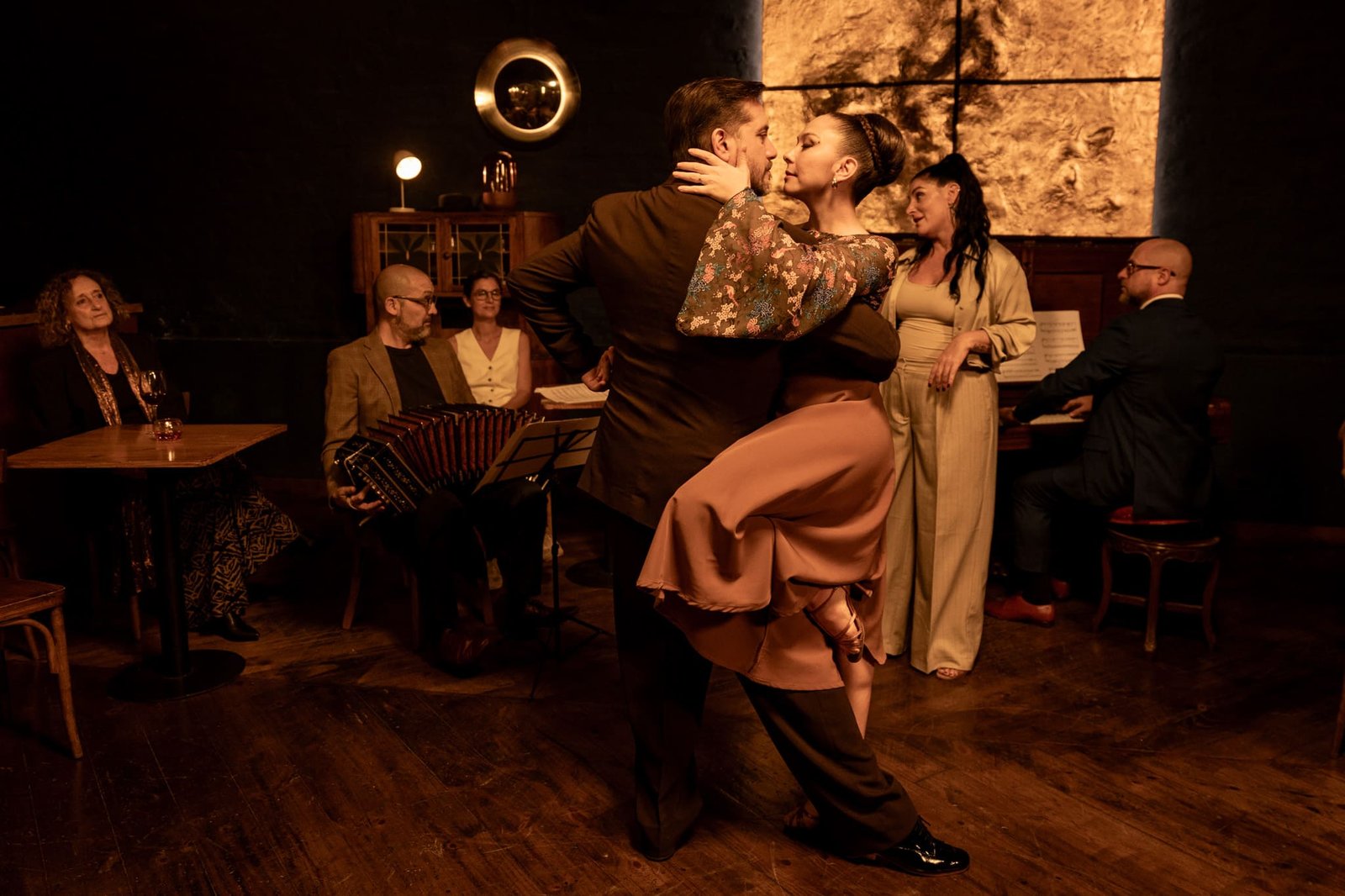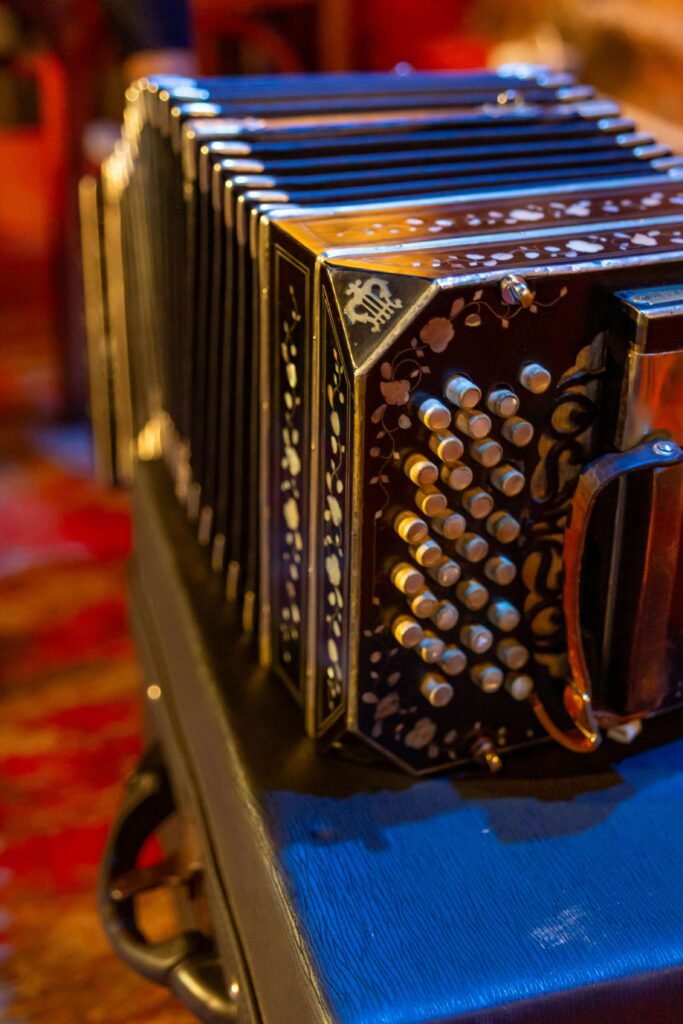If you’ve ever wondered who leads and who follows in tango, you’re really asking about tango roles: one of the most fascinating parts of this dance. In traditional Argentine tango, the leader sets the direction and initiates the movements, while the follower interprets and responds. But these roles are far from rigid. They are built on sensitivity, subtle cues, and an embrace that transforms each dance into a dialogue rather than a monologue.
At its core, tango is less about memorizing steps and more about communication. The leader proposes, the follower listens and answers, and together they create something unique in the moment. This constant back-and-forth is what gives tango its signature intensity and elegance.
Understanding Traditional Roles in Tango
The Role of the Leader
Within tango roles, the leader is often described as the one who initiates and guides. But in Argentine tango, leading goes far beyond simply taking the first step or deciding where to move. A good leader proposes movements through subtle signals—an adjustment of posture, a shift in weight, a pause that lets the music breathe.
True leadership in tango isn’t about control, but about listening. The leader tunes in to the follower’s reactions, adjusting the invitation moment by moment. Musicality, clarity, and presence become the tools that make the embrace feel like a conversation instead of a command. When done well, leading transforms into a dialogue of suggestions rather than directions, allowing space for the follower’s voice to emerge.

The Role of the Follower
The follower’s role is just as active and essential. Far from being passive, the follower interprets and responds, bringing nuance, creativity, and emotional depth to every step. By listening with the body, followers turn the leader’s proposals into movement that feels spontaneous and alive.
A skilled follower doesn’t just “follow” but co-create. Precision, balance, and expression allow them to add their own artistry, making the dance more than a series of steps. This reciprocity gives tango its richness: the leader offers, the follower responds, and together they weave an improvisation that can never be repeated in exactly the same way.
In the end, these traditional tango roles remind us that tango isn’t about one partner dominating the other but about creating a shared dialogue on the dance floor, the same kind of authentic connection celebrated at Secreto Tango Society.
Breaking Gender Norms in Tango Roles
For a long time, tango roles were framed in strictly traditional terms: men led, women followed. Today, that picture is changing. Across Buenos Aires milongas and stages worldwide, dancers are challenging old expectations, showing that leadership and following are not bound to gender. Anyone can lead, anyone can follow. What matters most is the willingness to listen, respond, and share the tango embrace.
This shift not only broadens who can step onto the floor, it also highlights the essence of tango itself: a dance built on equality of presence, rather than hierarchy of gender.
Connection and Communication in Tango Dancing
The magic of tango doesn’t lie only in fancy steps. It lives in the embrace, in the unspoken conversation between partners. The leader proposes, the follower interprets, but both are constantly adjusting through micro-signals of pressure, weight, and rhythm. This deep connection is what transforms tango into something larger than choreography. It becomes communication in its purest form.
And the beauty is, it isn’t only felt by the dancers. Watch a tango performance and you’ll notice how the intensity of that silent dialogue travels across the floor, reaching every person in the audience. The tango embrace speaks louder than any words.
If you’d like to dive deeper into how this silent conversation works, take a look at our full article on tango dance.
Secreto Tango Society and the Beauty of Tango’s Intimate Connection
At Secreto Tango Society, this respect for connection we were telling you about, is at the center of the experience. Here, tango is celebrated not as a spectacle of dominance and submission, but as a subtle, intimate dialogue between two people. The focus is on the embrace, the pauses, and the quiet tension that makes each step meaningful.

The setting is intimate, the atmosphere attentive, and the storytelling honors both leader and follower without breaking the delicate balance of their tango roles. If you want to see tango in Buenos Aires at its most authentic, Secreto Tango Society offers exactly that: a performance where the real magic is not just in the steps, but in the connection that binds them.
FAQs About Tango Roles
Is the role of the “follower” in tango passive or active?
Definitely active. In tango dancing, the followers are not just “going along for the ride.” They bring creativity, emotion, and their own voice into the dance. The leader proposes, but the follower interprets, colors, and sometimes surprises. That’s why the embrace feels alive, because both partners are building the moment together.
Can anyone take on the leader or follower role in tango?
Yes. While tradition often cast men as leaders and women as followers, modern tango roles are fluid. Anyone can choose to lead or follow, and many dancers even learn both. It not only makes you more versatile but also deepens your understanding of the connection.
How do leaders and followers connect during a tango dance?
It all starts with the embrace. Tango communication happens chest to chest, through subtle signals that never need words. Leaders guide with presence and timing, while followers listen, respond, and add musicality. The beauty of tango roles lies in that silent dialogue: a conversation made of movement, trust, and the music carrying you forward.
What if the balance between leading and following breaks down?
It happens to everyone. Sometimes the connection wobbles, a lead isn’t clear, or the follower anticipates too soon. The key is not to panic. Most couples laugh it off, reconnect in the embrace, and find the music again. In tango — just like in life — recovering the flow is about patience, awareness, and remembering you’re in it together.
Finding Your Tango Partner: Leader, Follower, and the Dance of Trust
At the end of the day, who leads in tango isn’t about one role being more important than the other. The magic lies in how leaders and followers listen, respond, and build trust step by step. These tango roles keep the dance alive, turning every embrace into a new story.
We’ve looked to the meaning of leading and following, how connection and communication shape the dance, and how modern roles break away from rigid gender norms. Together, they remind us that tango is more than movement: it’s a shared dialogue.
If you want to experience this intimacy in the most authentic way, book your evening at Secreto Tango Society. There, in an intimate setting, you’ll see why tango continues to captivate the world, not through steps alone, but through the trust and connection between two partners.
How useful was this post?
Click on a star to rate it!
Average rating 5 / 5. Vote count: 2
No votes so far! Be the first to rate this post.






